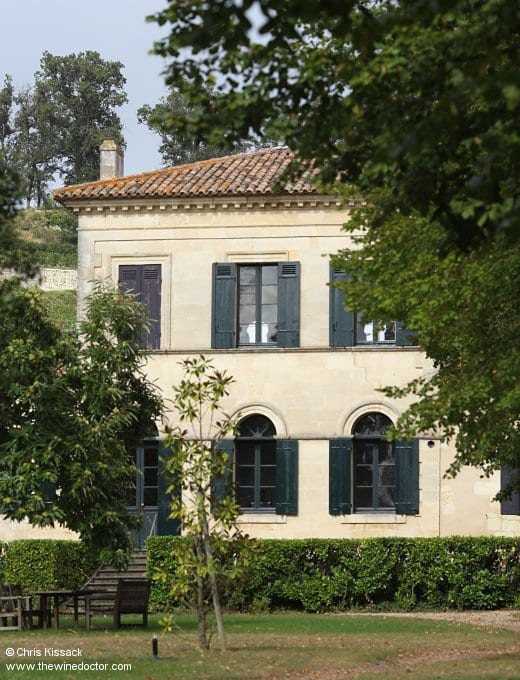Château Larcis Ducasse
The south-facing slopes that lie against the edge of the limestone plateau of St Emilion, just to the south of the town, have proved their worth in recent years. Although there is an impressive gathering of châteaux up on the hard calcaire à astéries that lies beneath and around the town, those who know the wines of St Emilion have long regarded this slope of limestone and clay, the Côte de Pavie, as special. This belief has, over the years, been reinforced by the St Emilion classification, perhaps most notably in 2012. Without a doubt the biggest surprise of the new classification was the elevation of two châteaux to premier grand cru classé, level A, one of which was of course Château Pavie, the other Château Angelus. Their elevation did tend to overshadow other promotions made in the new classification, one of which was also on the Côte de Pavie. This was Château Larcis Ducasse, promoted from grand cru classé to premier grand cru classé, level B.
The success at Château Larcis Ducasse must surely be attributable to the work of Nicolas Thienpont, a cousin to Alexandre Thienpont of Vieux Château Certan and Jacques Thienpont of Le Pin. He was never the proprietor, although if you thought this go easy on yourself; it was perhaps an easy mistake to make. This responsibility in fact falls to the Gratiot family, who drafted in Thienpont (very sensibly it would seem) to run the show.
This profile looks at the history of this estate, leading up the beginning of this very profitable relationship between the Gratiot family and Thienpont, which was formed as recently as 2002. And ultimately to its end, in 2024, as Thienpont passed the baton to his colleague David Suire. The story begins much earlier though, back in the late-18th century.

